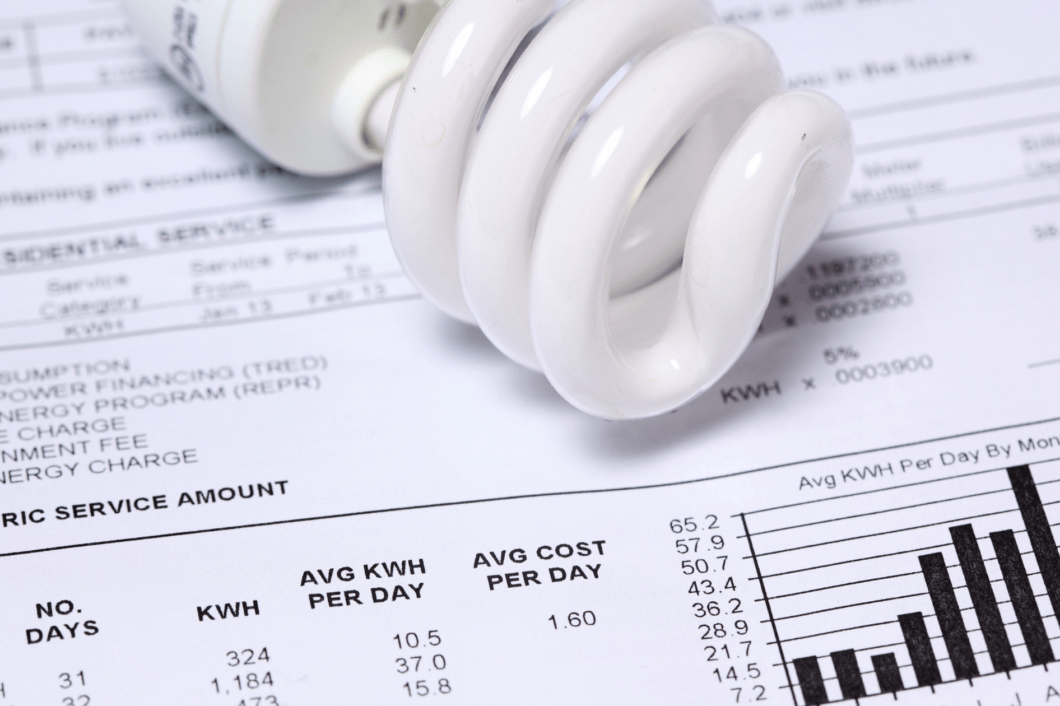Have you ever wondered where the electricity powering your home really comes from? Whether you’re in the U.S. or Canada, some of it could be coming from across the border! That’s because the U.S. and Canada share a massive, interconnected power grid that allows us to trade energy back and forth. But now, that system is at risk due to proposed U.S. tariffs on Canadian energy imports, which could drive up electricity bills in the U.S. and disrupt the affordability and reliability of power for both countries.
Here’s what’s happening, why it matters, and how it could impact consumers on both sides of the border.
The U.S. and Canada Share a Power Grid
The U.S. and Canada are linked by a vast network of 31 power lines that cross the border, creating a shared energy system. This interconnection allows electricity to flow between the two countries, helping both to meet their energy needs, especially during times of high demand or when supply is low. But what does this mean for you? Quite a lot, actually. It affects how much you pay for electricity and how reliable your service is.
Think of the power grid as a two-way street. When one country has an energy surplus, it can share it with the other. This shared system helps keep energy prices stable and ensures reliable electricity year-round, even when weather or unexpected events disrupt supply.
Here’s an example of how it works:
Summer: When the U.S. experiences a surge in electricity demand due to air conditioning, Canada can provide much-needed electricity, often generated by hydropower, to help meet those needs.
Winter: Conversely, when Canada’s energy demand rises in the winter months, or when hydroelectric production dips due to low water levels from droughts or other weather conditions, the U.S. can step in and supply additional power to make up the shortfall on the Candian system.
This exchange of electricity ensures both countries have access to reliable, affordable power, regardless of the season or unexpected weather disruptions.
Energy Trade: Big Numbers, Bigger Impact
From 2010 to 2024, Canada exported about 59 terawatt-hours (TWh) of electricity to the U.S. annually. In return, the U.S. exported about 13 TWh back to Canada each year. This cross-border energy trade is crucial in keeping electricity costs down and supporting the overall stability of the grid on both sides of the border.
Why does this matter? Because when the weather impacts Canada’s hydroelectric generation, such as during droughts, the U.S. can step in to help maintain a steady power supply. And without access to Canadian electricity, Americans could face higher costs or even blackouts and system failures, potentially affecting grid reliability.
Between 2010 and 2024, the electricity trade between the U.S. and Canada was valued at about USD $4 billion annually. While this figure may seem small compared to other sectors of the energy industry, it plays a pivotal role in keeping the lights on and prices stable. For example, New York City relies on Canada for about 20% of its electricity, highlighting the critical nature of this trade. And with new transmission projects underway, this trade is expected to grow significantly, benefiting both countries economically and improving the reliability of our shared power grid.
The Future of Power: Renewables and Reliability
As both the U.S. and Canada continue to ramp up renewable energy, like wind and solar, this shared grid will become even more important. Hydropower serves as a baseload energy source, much like a giant battery, storing energy for when it’s needed most. It can ensure the grid remains stable even when solar or wind power isn’t available.
As new projects in places like Saskatchewan and Quebec come on stream, the ability to share even more power between the two countries will improve grid reliability, help meet clean energy goals, and support the growing demand for renewable energy sources.
What’s at Risk: Tariffs = Higher Electricity Bills
The U.S. President has proposed new tariffs on Canadian energy imports. If these tariffs are implemented, the cost of Canadian electricity exports to the U.S. could rise, and U.S. power exports to Canada might become more expensive as well. This would likely result in higher electricity bills for consumers on both sides of the border and could disrupt the cross-border energy trade that has been essential in maintaining affordability and reliability.
This scenario is concerning because tariffs could disrupt the flow of electricity just when we need it most, especially during periods of high demand, or in the event of weather-related energy shortages. With less affordable power flowing between the U.S. and Canada, consumers may feel the impact directly – both on their electricity bills and in the form of more frequent outages or system failures.
The good news is that discussions between the U.S. and Canada are ongoing. Both governments have agreed to delay the implementation of these tariffs for 30 days, providing a crucial window to work out a solution that ensures the continued strength and reliability of our shared energy system.
Stay Informed and Take Action
The Canada-U.S. power grid is an essential part of the energy system we rely on daily. But if tariffs are implemented, it could disrupt this critical flow of energy, raising electricity bills and jeopardizing the reliability of our power supply.
Now’s the time to stay informed and voice your concerns. Whether you live in Canada or the U.S., it’s important to speak up to ensure our shared energy future remains affordable and reliable for all.

